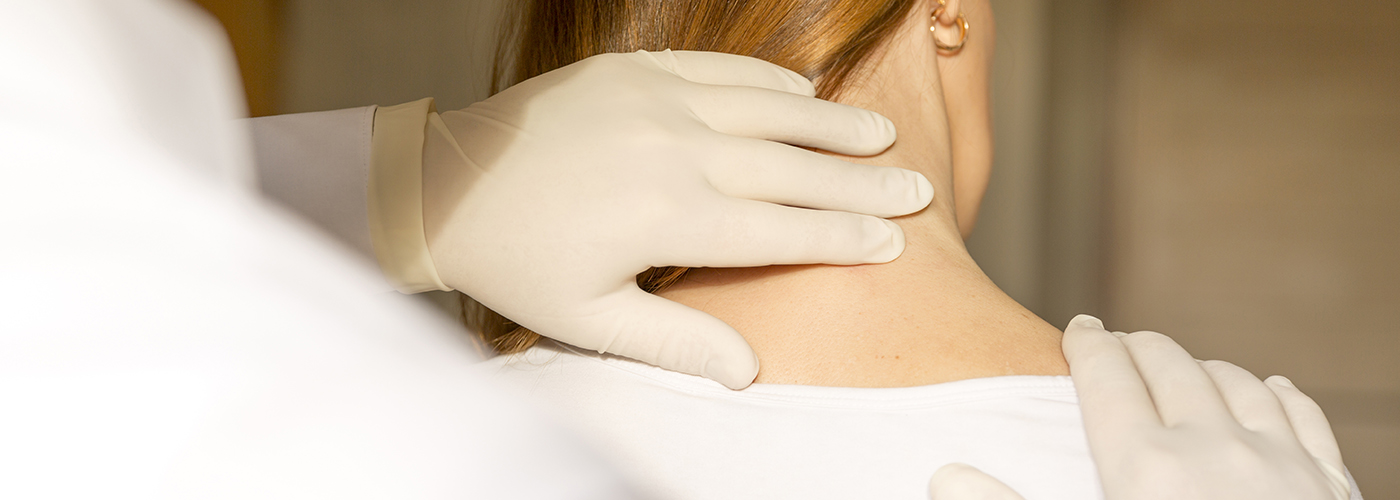 The rotator cuff consists of muscles and tendons that hold the shoulder in place. It is one of the most important parts of the shoulder. The rotator cuff allows a person to lift his or her arms and reach up. An injury to the rotator cuff, such as a tear, may happen suddenly when falling on an outstretched hand or develop over time due to repetitive activities. Rotator cuff tears are also due to aging.
The rotator cuff consists of muscles and tendons that hold the shoulder in place. It is one of the most important parts of the shoulder. The rotator cuff allows a person to lift his or her arms and reach up. An injury to the rotator cuff, such as a tear, may happen suddenly when falling on an outstretched hand or develop over time due to repetitive activities. Rotator cuff tears are also due to aging.
Symptoms of a Rotator Cuff Injury
The following are the most common symptoms of a rotator cuff tear. However, each individual may experience symptoms differently. Symptoms may include:
- recurrent pain, especially with certain activities and at night
- pain that prevents sleeping on the injured side
- grating or cracking sounds when moving the arm
- limited ability to move arm
- muscle weakness
The symptoms of a rotator cuff tear may resemble other conditions or medical problems. Always consult your doctor for a diagnosis.
Diagnosis of a Rotator Cuff Injury
In addition to a complete medical history and physical examination, diagnostic procedures for a rotator cuff injury may include the following:
- X-ray. A diagnostic test that uses invisible electromagnetic energy beams to produce images of internal tissues, bones, and organs onto film.
- Magnetic resonance imaging (MRI). A diagnostic procedure that uses a combination of large magnets, radio frequencies, and a computer to produce detailed images of organs and structures within the body.
A rotator cuff may tear partially or fully. Partial-thickness tears do not completely sever the tendon from the shoulder.
Treatment for a Rotator Cuff Injury
Specific treatment for a rotator cuff injury will be determined by your doctor based on:
- your age, overall health, and medical history
- extent and duration of the condition
- your tolerance for specific medications, procedures, or therapies
- expectations for the course of the condition
- your opinion or preference
Treatment may include:
- rest
- nonsteroidal anti-inflammatory medications
- strengthening and stretching exercises
- ultrasound therapy
- corticosteroid injection
- surgery (for severe injuries)
Advanced Treatment: Tenex Tenotomy
The Tenex tenotomy procedure is a non-surgical procedure used to treat chronic pain associated with tendinitis/tendinopathy and plantar fasciitis/fasciosis. The minimally invasive technique can reduce tendon pain by breaking down and removing damaged tissues with high-frequency ultrasound energy. The procedure is commonly used to treat tendinitis/tendinopathy of the elbow, hip, knee, shoulder, ankle, and plantar fascia. The procedure is performed using local anesthetic and ultrasound guidance which makes it extremely safe. The procedure is minimally invasive and allows patients to return to normal activities faster than surgery.
The procedure is performed though a small skin puncture (2-3mm) and the device is advanced to the diseased tendon or plantar fascia using ultrasound guidance. The device then removes the diseased tissue and stimulates your bodies normal healing response. The device is then removed and small bandage is applied. Patients go home shortly after the procedure and typically have a short course (3-7 days) of relative immobilization in a sling or walking boot.